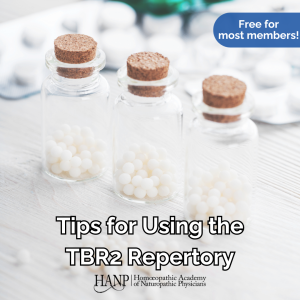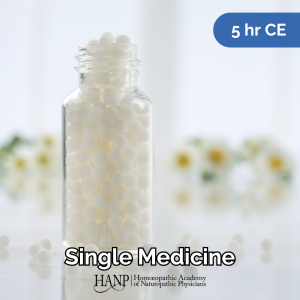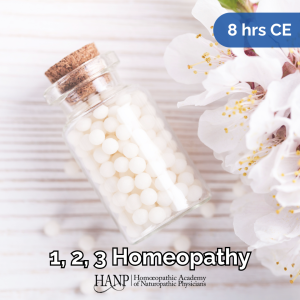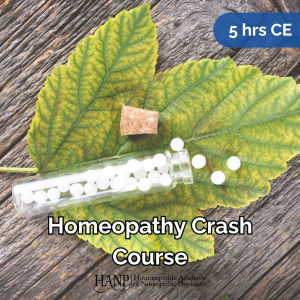Description
This presentation provides an overview of the current state of homœopathic research at the time of presentation. It will begin with an accurate definition of Homœopathy and a description of drug pharmacodynamics and drug tolerance as a primer for discussing various types of homœopathic research and their purpose. The presentation will explore outcomes studies, placebo controlled studies, meta analyses, cell culture, plant and animal research, and clinical trials. The speaker will propose that homœopathy is not merely placebo and offer evidence from the peer-reviewed literature to support that argument. There will then be a discussion of the latest research exploring the most controversial topic in homœopathy, ultra-dilutions, including the discovery of nanostructures that reach non-zero asymptotes in homœopathically manufactured medicines at high dilutions past Avogadro’s number. We will then turn the presentation towards topics of real world research including comparative effectiveness studies of homœopathy and conventional medicine as well as examples of integrative medicine research. By the end of the presentation, the student should be acquainted with the current state and breadth of homœopathic research.
Basic Outline (120 minutes plus Q and A)
- Homœopathy Defined
- Drug Pharmacodynamics
- Primary & Secondary (Re)Actions
- Tolerance
- Basic Premises of Homœopathy
- Purposes & Types of Homœopathic Research
- Outcomes Study Examples
- Placebo Controlled Trials
- Cell Culture, Plant, and Animal Studies
- Clinical Trials
- Ultra-Dilutions
- Nanoparticle/Nanostructure Research
- How does it work? (Mechanism)
- The reproducibility of biologic effects of homœopathic medicines
- Homœopathy in the real world
- Comparative Effectiveness Research Examples
- Integrative Medicine Research Examples
Learning Objectives
- At the conclusion of this session, participants will be able to define Homœopathy.
- At the conclusion of this session, participants will be able to explain drug pharmacodynamics and their relation to Homœopathy.
- At the conclusion of this session, participants will be able to discuss the various types of homœopathic research and the purposes of each.





